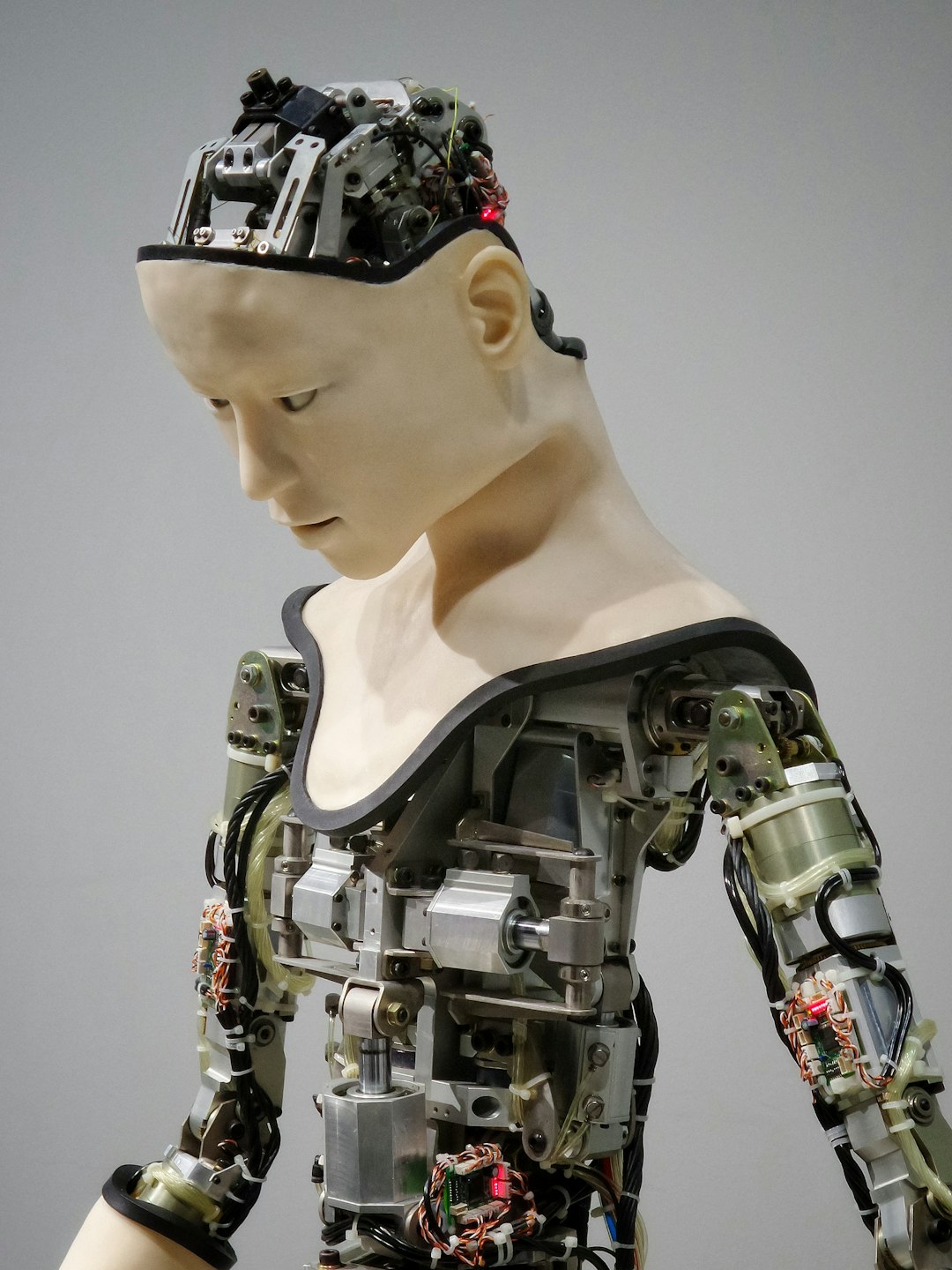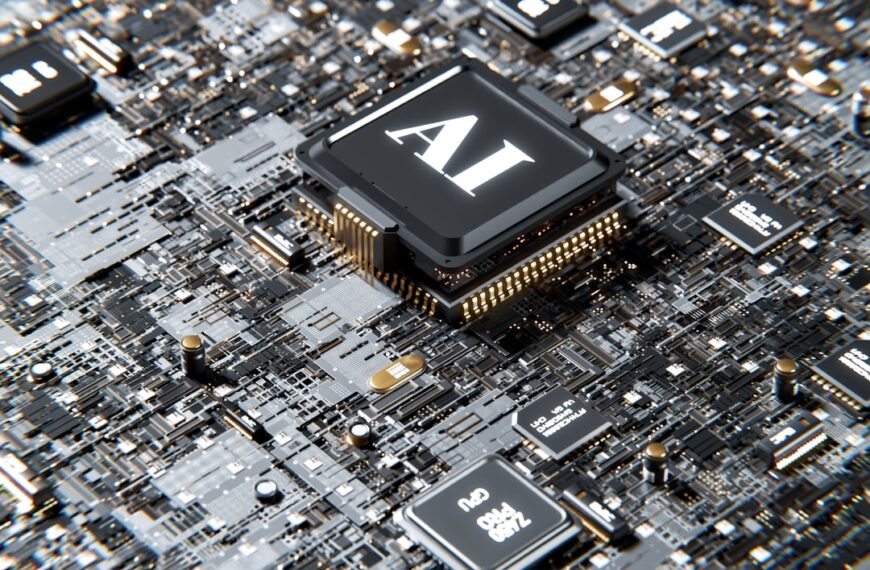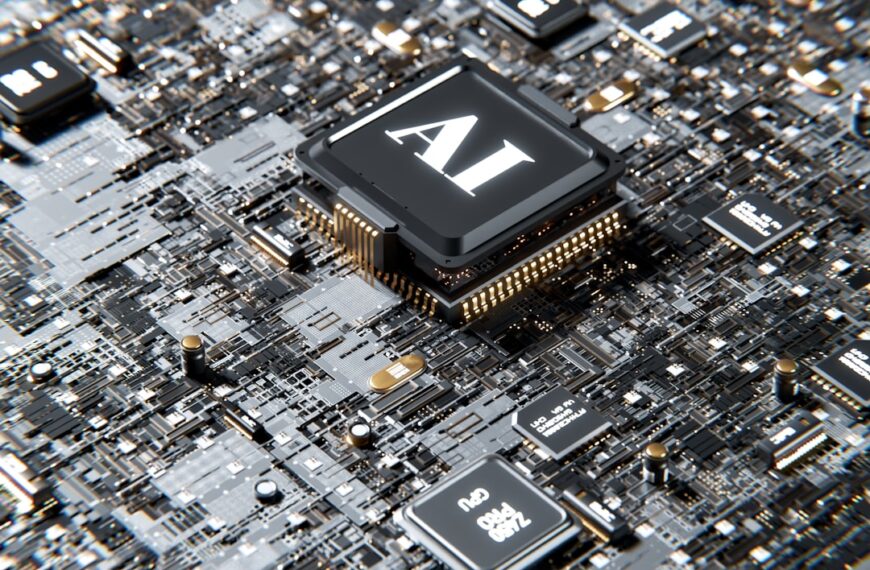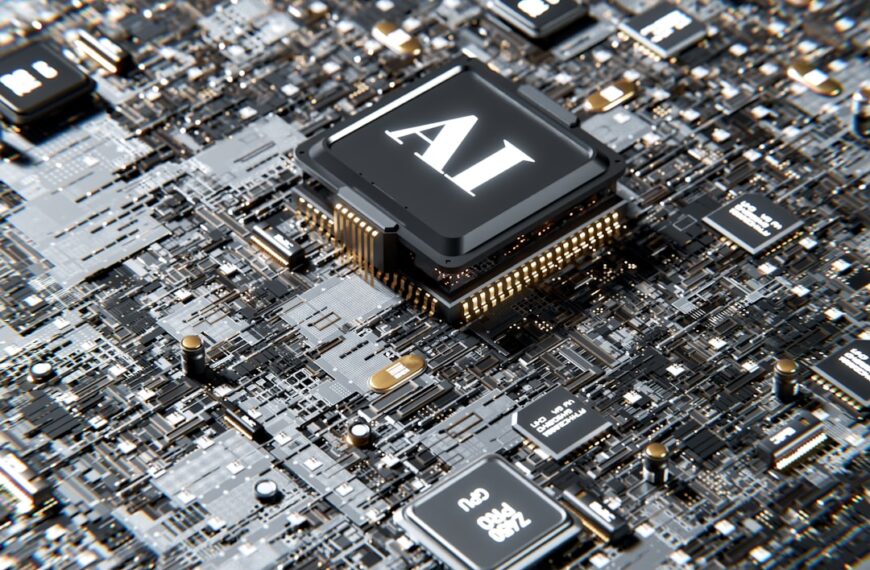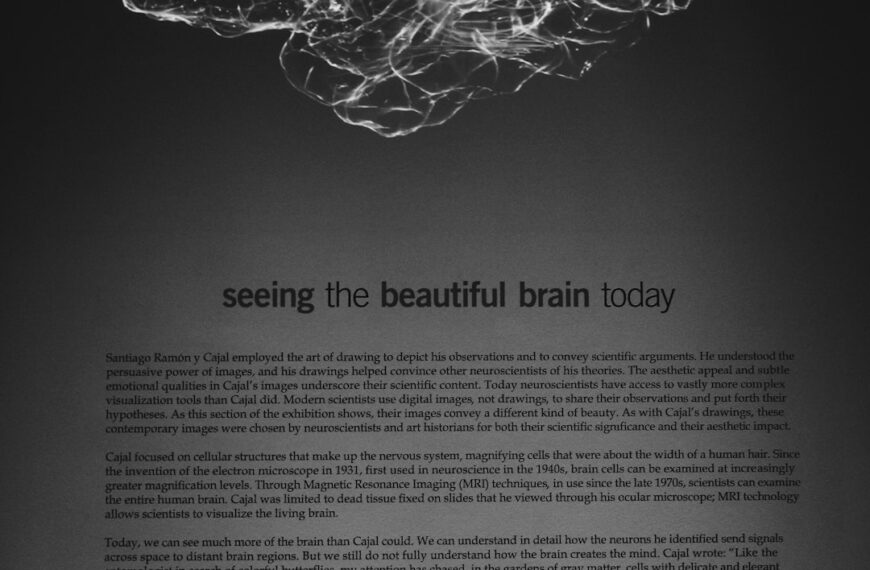Artificial intelligence is rapidly transforming our world, impacting everything from healthcare and finance to criminal justice and education. But with this transformative power comes significant ethical responsibility. The algorithms that power AI systems are not neutral; they reflect the biases present in the data they are trained on and the choices made by their designers. This leads to the critical issue of algorithmic bias, which can perpetuate and even amplify existing societal inequalities.
Building “fair and unbiased algorithms,” as the title suggests, is not a simple task. It requires a multi-faceted approach that tackles the problem at its root. First, we need to address the issue of data bias. Many datasets used to train AI models contain historical biases that reflect societal prejudices. For example, a facial recognition system trained primarily on images of white faces may perform poorly on individuals with darker skin tones. To mitigate this, we need to ensure that training datasets are diverse, representative, and carefully curated to minimize the impact of pre-existing biases. This involves actively seeking out and incorporating underrepresented groups and critically evaluating the data for potential sources of bias.
Beyond data, the design and development processes themselves can introduce bias. The choices made by developers – from the selection of algorithms to the definition of metrics used to evaluate performance – can unintentionally (or sometimes intentionally) lead to biased outcomes. Transparency is crucial here. Open-source algorithms and clearly documented development processes allow for greater scrutiny and accountability, making it easier to identify and address potential biases.
Furthermore, rigorous testing and evaluation are essential. AI systems should be tested on diverse datasets to ensure fairness and accuracy across different groups. This requires establishing clear metrics for fairness and developing robust methods for detecting and measuring bias. There’s no single, universally accepted metric for fairness, and the choice of metric can itself be a source of debate and potential bias. Researchers are actively working on developing a more comprehensive framework for fairness evaluation.
Finally, it’s crucial to consider the broader societal impact of AI systems. Simply building unbiased algorithms isn’t enough; we also need to consider the context in which these systems are deployed and their potential consequences. This requires collaboration between AI developers, ethicists, policymakers, and the communities that will be affected by these technologies. Meaningful engagement with stakeholders can help ensure that AI systems are used responsibly and ethically, preventing unintended harm and promoting fairness and equity for all.
The quest for ethical AI is an ongoing journey, not a destination. It requires continuous learning, adaptation, and a commitment to rigorous ethical principles throughout the entire lifecycle of an AI system. By tackling the challenges of data bias, algorithm design, testing, and societal impact, we can strive to create AI systems that benefit everyone, rather than exacerbating existing inequalities. This is not just a technical challenge, but a societal imperative.
